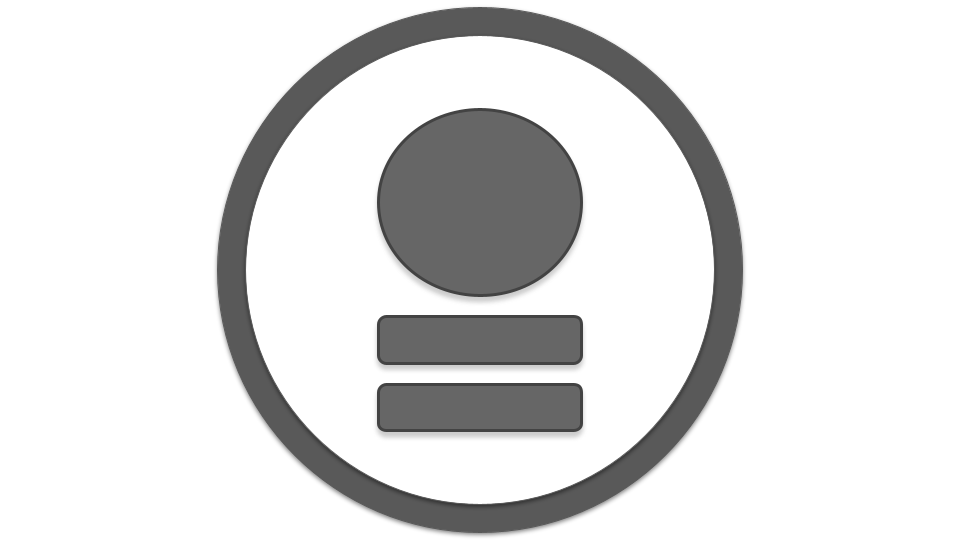The Subsistence Option
 incremental capital
incremental capitalTable of contents

"Coming in from the cold..." - Bob Marley and the Wailers
Seven years ago, a Russian Capoeirista introduced me to decentralized ledgers and cryptocurrencies. I was instantly addicted to "crypto" and "stacking coin". The blend of community, cryptography, economics and peer-to-peer network technologies was ineluctable intellectual magnetism.
"What financial sorcery is this?" I wondered. The question persists. I am still learning.
Crypto's gravitational pull has a dark side though. Only after being totally sucked into the universe of decentralized finance ("DeFi") did I realize that I crossed into a black hole of pertinent transactional information.
DeFi is devoid of 1099s and 8949s.
The Bain Of Taxes
Calculating capital gain tax on trades or income taxes on mining or airdrops is nontrivial. In fact, it's a nightmare for anyone trying to exist purely from the financial gains made in trading cryptocurrencies.
This year, the CME Group ("CME") rescued me. They didn't allow me to stack coin, but they provided me an opportunity to speculate on the price of ether ("ETH") and bitcoin ("BTC") via options and futures.
BTC and ETH options and futures have been listed on traditional futures exchanges for a while. In fact, I'd known about these services since 2019. However, my 2022 tax liability provided the impetus to crossover from decentralized to traditional finance platforms. DeFi platforms don't always provide sufficient tax liability information and their designers tend not to be huge fans of government.
That's a problem when April 15th comes around and Uncle Sam wants his cut. The tax bill to the IRS almost wrecked my ability to survive this year.
Without tax liability information, we trade in the dark.
Tax liabilities are part of the truth. A trader's financial position is indeterminate without them. For me, last year's tax liabilities were a rude awakening and paying taxes was an intervention. In combination with macroeconomic factors, they weakened the addictive power of extant decentralized finance.
The Subsistence Option
I survive trading cryptocurrencies for a living and the CME offers a tax-friendly subsistence option. Certainly, decentralized platforms will replace the CME someday. However, until that day comes I can depend on E*Trade, Tastyworks and TD Ameritrade to prepare 1099s so that my accountant can prepare 8949s.
That's the price I have to pay for being domiciled in the United States of America.
There are upsides though. Traditional options and futures trading platforms provide a richer trading experience. Their interfaces are replete with graphs and sensitivity analyses.
The downside is the limited selection of underlying cryptocurrency assets. For this reason, and of course to keep fingers on the pulse of DeFi, it is wise to straddle both worlds.
Writing For Clarity
I am writing to clarify concepts and trading strategies. I need to master both traditional and decentralized finance, but options strategies are not yet intuitive for me. Even after trading options and futures for several years, I struggle to remember what differentiates contango from backwardation.
I even forget that I should use spreads during periods of extreme volatility. Since 2022 has become increasingly more volatile, using spreads offsets the volatility on one leg with volatility on the other.
Fundamentals matter and I want to discuss them here.
This article is the first journal entry in the voyage that I hope will lead to *incremental capital*. I hope you'll join me and document your journey too.
Let's compare notes!
Subscribe to my newsletter
Read articles from incremental capital directly inside your inbox. Subscribe to the newsletter, and don't miss out.
Written by

incremental capital
incremental capital
derivatives trader